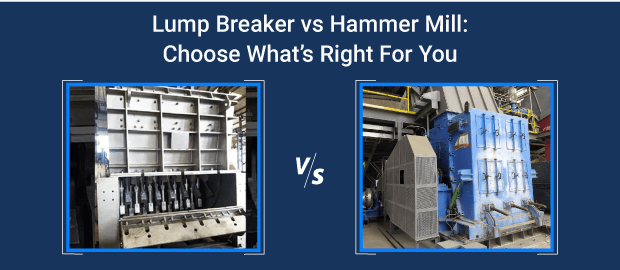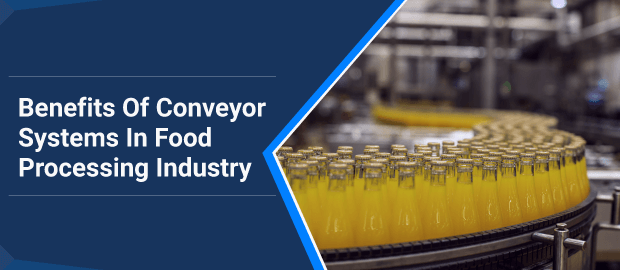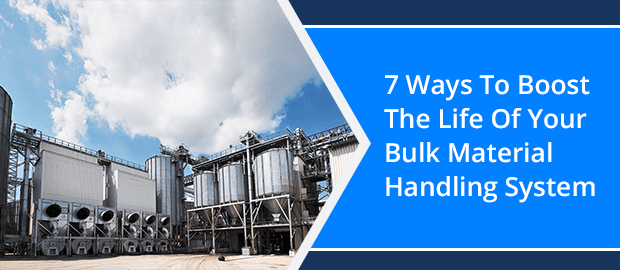Airborne diseases are becoming severe and fatal with the rise in air pollution. Therefore, the need to breathe cleaner air is becoming a necessity, especially in industrial facilities.
The modern manufacturing industries are using technology and mechanics to drive their production procedures faster while maintaining quality to get better income. Therefore, many automation are integrated into the production industries these days, and one of those revolutionary machinery is the industrial lump breaker. Its versatile use is critical in…
If you are new to the world of pneumatic conveying, you must know that it is a system that comprises various pipelines, ideal for moving products with the use of compressed air. Among all other components used in streamlining the function of a pneumatic system, an elbow is among the…
Diverter valves, as the name suggests, are used to divert the multiple pickup points when used in a pneumatic conveying system. With the use of this hardware, the materials are directed continuously, hygienically, and smoothly. The pneumatic conveying diverter valves have varying operations depending on the design of the hardware.…
Particle size reduction plays a very important role in transforming random-sized or bulky substances into uniform and small particles suitable for diverse applications. When done feasibly, the particle size reduction favourably alters the specific physicochemical properties of diverse raw materials. It is quite important for you to implement a well-designed…
Pneumatic conveying systems are considered the most efficient transportation means for bulk materials such as granules or powders. The food process industry makes use of these systems in order to move flour, wheat, coffee, pet food, chocolate, coffee, oats, spices, salt, dry milk and other such products seamlessly. Food products…
A pneumatic conveying system is a simple technology that helps with the transportation of bulk material in the form of powders or granules.
There are various valve types, and their functions differ in terms of helping you redirect the flow of gas or fluid from one line to another or restricting the same to a particular system.
Bulk materials transported with the help of material handing systems include solid materials that are dry, granular, or powdery such as cement, sand, stone, ores, minerals, chemicals, and food grains.
Uncover the differences in pneumatic conveying vs. mechanical conveying in material handlings.










